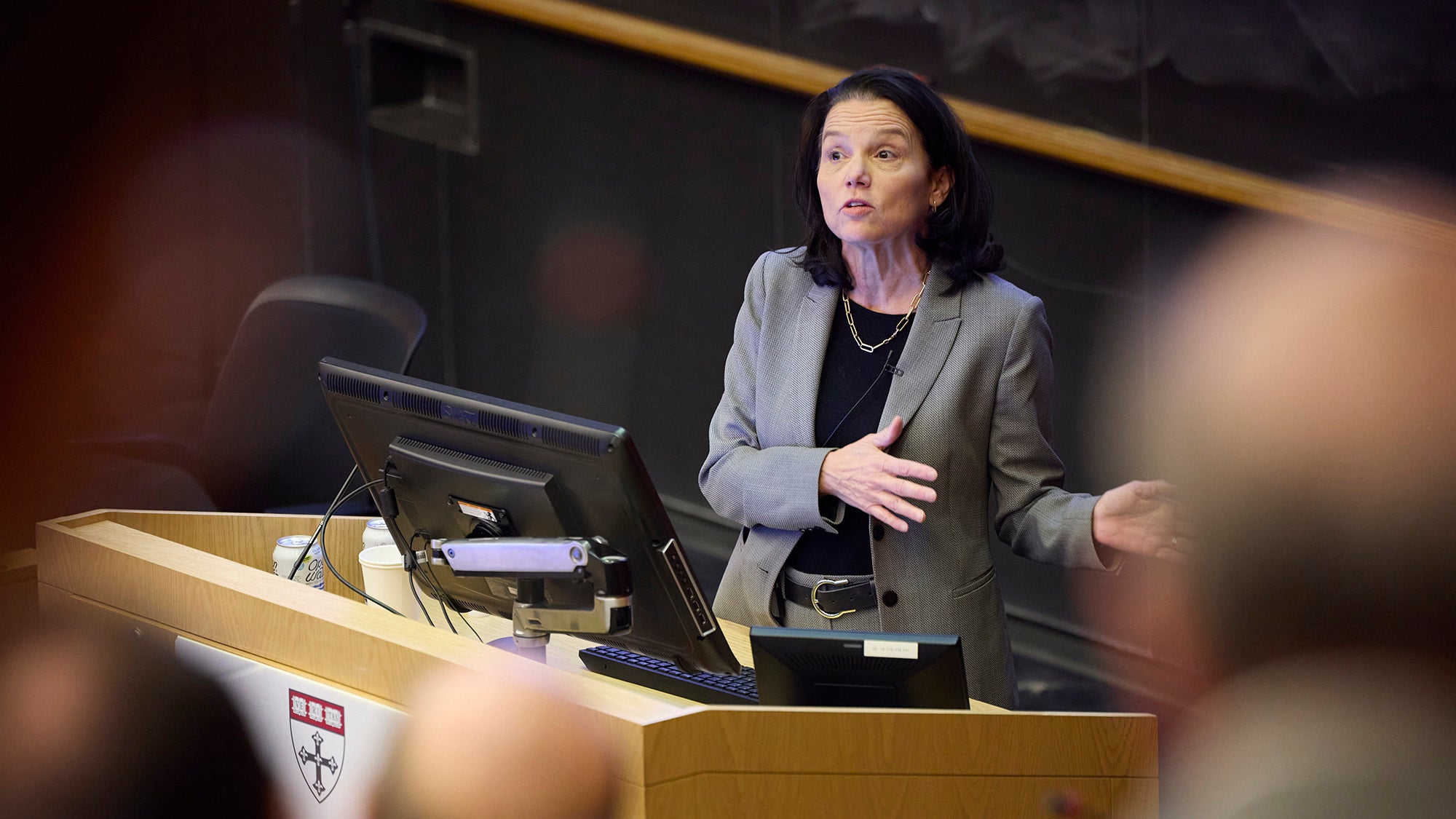A Glimpse of Fellows’ Recent Publications, Fall 2023
Max Aung’s latest research investigates the potential link between hormonally active cancers and endocrine-disrupting chemicals, specifically per- and polyfluoroalkyl substances (PFAS), phenols, and parabens. Using cross-sectional data from the National Health and Nutrition Examination Survey (NHANES), his study aims to assess associations with self-reported previous cancer diagnoses. Full article here.
Lara Cushing’s latest publication investigates the potential risk of drinking water contamination in Los Angeles County, California, revealing that a quarter of community water systems serving over 7 million residents have supply wells within 1 kilometer of oil or gas wells. The study highlights a concerning association between higher contamination risk and factors such as redlining, residential segregation, and the presence of Hispanic, Black, and Asian/Pacific Islander populations.
Memo Cedeno conducted a comprehensive study employing the Flourishing Index—a survey tool crafted to gauge overall well-being across five key life domains. His research, centered on a cohort of office workers in Thailand, revealed a strong correlation between the Flourishing Index and both objective and subjective indoor environmental quality parameters. Additionally, notable associations were found with respiratory health outcomes, providing valuable insights into the intricate interplay between well-being, environmental factors, and health.
Stephanie Eick’s study delves into the impact of prenatal exposure to a mixture of per- and polyfluoroalkyl substances (PFAS) on the metabolome. Assessing targeted PFAS chemicals alongside untargeted metabolomics profiling in pregnant African American women, the research identifies 13.3% of metabolic features associated with the PFAS mixture, surpassing the impact of individual PFAS chemicals. The findings reveal consistent associations with metabolic pathways related to systemic inflammation and oxidative stress. Notably, the study underscores the feasibility and utility of combining environmental mixture analyses and high-resolution metabolomics to elucidate the joint effects of multiple PFAS chemicals on the human metabolome, providing insights into the molecular mechanisms influencing human health.
In “Elevated levels of ultrashort- and short-chain Pperfluoroalkyl acids in US homes and people”, Stephanie Eick and her research team demonstrates that ultrashort- and short-chain PFAAs are now prevalent in the indoor environment and in humans.
Stephanie Eick’s pioneering research explores the impact of prenatal exposure to a mixture of per- and polyfluoroalkyl substances (PFAS) on pregnant African American women. Using advanced metabolomics, the study reveals significant associations between the PFAS mixture and 13.3% of metabolic features, surpassing the impact of individual PFAS chemicals. The findings highlight pronounced metabolic perturbations related to systemic inflammation and oxidative stress, underscoring the need to understand the joint effects of multiple PFAS chemicals on the human metabolome. This groundbreaking study provides valuable insights into potential health implications and opens avenues for further research in this emerging field.
In this study, Matt Cuttler and Kirk Jalbert examines Amendment 23 (A23), a transformative update to the Northeast Multispecies Fisheries Management Plan for the Northeast US commercial groundfish fishery. A23 increases monitoring coverage and introduces electronic monitoring (EM) options, replacing human at-sea observers. Through stakeholder interviews, the research explores perspectives on EM’s value for fishery protection and its impact on fishers’ lives. While support for future EM use exists, industry mistrust, rooted in historical issues and uncertainties, poses barriers. The study suggests co-management-driven EM implementations, emphasizing fishers’ expertise and autonomy, can overcome these challenges, providing crucial insights for A23’s implementation.
This study aimed to understand how environmental and social stressors cluster in low to medium-income, urban households in two environmental justice communities in Greater Boston. Through Latent Class Analysis, two classes were identified in each domain: High and Low for both environmental and social stressors. Cross-classification revealed four joint exposure profiles, with significant group differences found in housing type, housing tenure, study site, and socio-economic factors. The analysis confirmed that environmental and social stressors cluster in socially disadvantaged households, with housing-related factors being strong predictors of cluster membership.
Prioritizing healthy sleep is crucial for overall well-being, yet global public health agendas, especially in developing nations, often neglect sleep health. Chandra Jackson‘s article advocates for recognizing sleep as a fundamental aspect of health, akin to nutrition and physical activity. Recommendations include promoting sleep through education and awareness campaigns, standardizing sleep data collection globally, and implementing sleep health policies across various sectors. The focus should be on ensuring inclusivity and equity, particularly for socially and economically vulnerable populations.
In this special issue article, Jennifer Roberts pays tribute to the environmental justice ideologies of Booker T. Washington and W.E.B. DuBois, highlighting their shared vision within the natural environment. While the conflict in their racial uplift approaches is well-documented, this piece emphasizes the underappreciated unity and accord these social justice giants shared in their ecological language, showcasing the beauty, power, and foresight in their perspectives.
Courtney Roper latest research investigates the health impacts of fine particulate matter (PM2.5) from different indoor fuel sources in homes in Kheri, India. Analyzing the composition of PM2.5, including elements and organic compounds, the study found varied health-related chemicals based on fuel type. Even with liquified petroleum gas (LPG), considered less harmful than biomass fuels, the research highlights the need for further investigation into the safety of indoor fuel sources due to observed biological impacts.
Ruzmyn Vilcassim latest research addresses the global health threat of air pollution, focusing on fine particulate matter (PM2.5), which contributes to over 6 million premature deaths annually. It identifies current gaps in monitoring and regulation and proposes strategies for future mitigation policies, emphasizing the need for innovative technologies, a submicron (PM1) standard, and inclusive studies in underserved populations.


